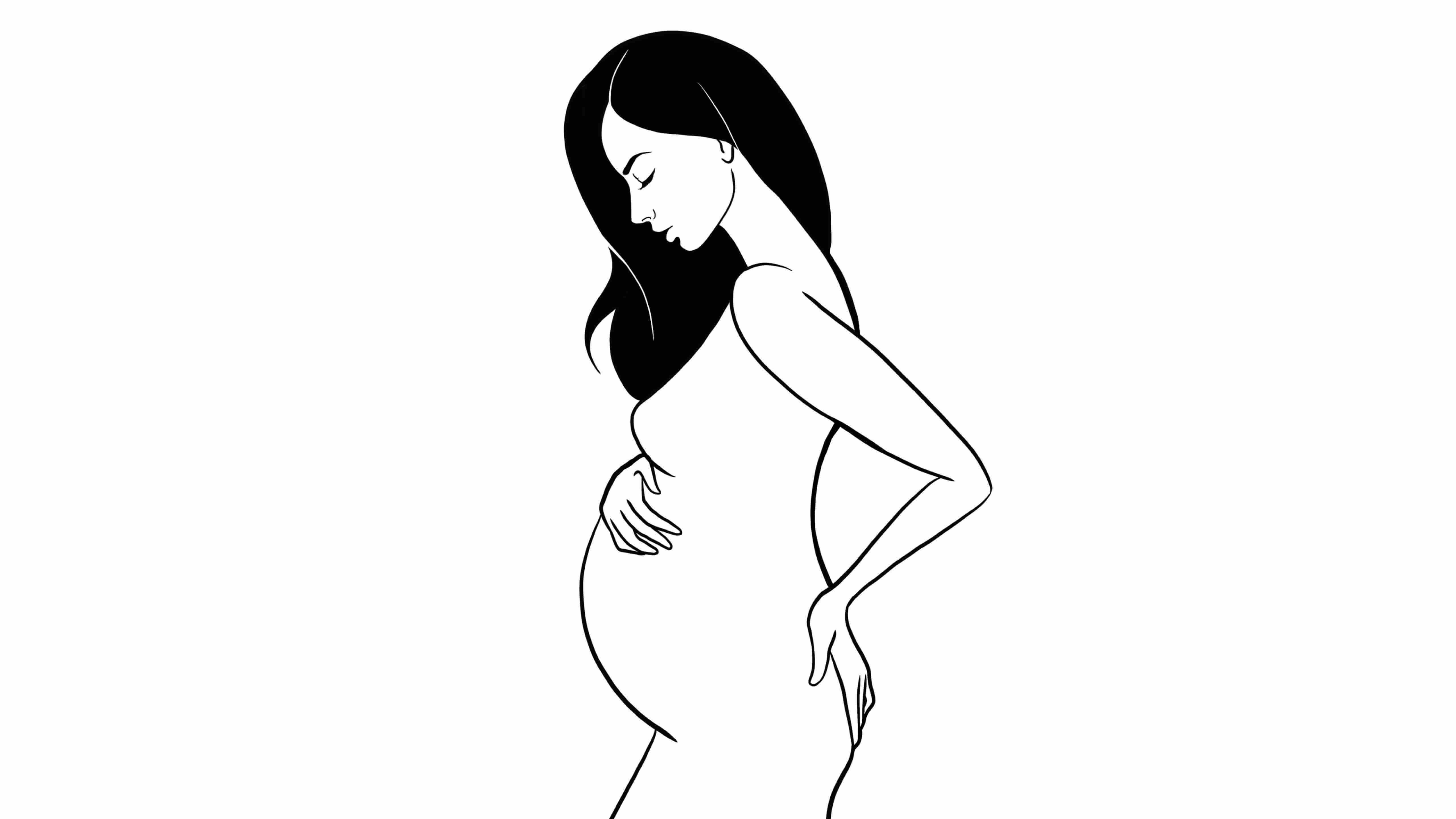

The key moment when your body's progesterone level drops each cycle occurs after a stage known as the luteal phase. In conclusion, the spectrum of signs and symptoms related with reduced progesterone is diverse, affecting multiple bodily systems from reproductive health to mental well-being. Progesterone is a crucial hormone within the endocrine system, particularly significant for women.
It ceases its robust production of progesterone because there's no pregnancy to sustain. Medical treatments for hormonal imbalances affecting progesterone levelsHormonal imbalances, particularly those affecting progesterone levels, can lead to a myriad of health issues ranging from menstrual irregularities to infertility.
This phase follows ovulation, where an egg is released from an ovary and awaits potential fertilization. Through vigilant assessment and tailored interventions based on individual needs, women can reclaim their hormonal equilibrium—and with it—their reproductive well-being. By charting this hormonal course, one can anticipate changes in mood or physical well-being and hoist sails accordingly—perhaps by adjusting diet, sleep patterns, or stress management techniques—to ensure smoother sailing through these oft-turbulent seas. Understanding when progesterone takes this dive pre-period offers invaluable insights into navigating these cyclical storms.
Recognizing this key moment can help individuals understand their bodies better and manage both expectations and experiences regarding their reproductive health. Rising estrogen levels initiate the rebuilding of the endometrium—the lining of the uterus—which was shed during menstruation. This reduction triggers a cascade of events leading to menstruation whereby the thickened endometrial lining sheds since it is no longer required.
These can range from bloating, headaches, and fatigue to more pronounced emotional disturbances like irritability or melancholy. As we continue to break down taboos surrounding menstrual health, more people will harness this knowledge for greater autonomy over their well-being. This enigmatic player performs its ballet within the grand theater of the menstrual cycle, where it rises like a phoenix from the ashes post-ovulation, only to cascade down into an abyss just before our menses begin.
Find Out Now! In conclusion, by being mindful of your cycle's rhythm and observing bodily signals such as mood variations, BBT changes, cervical mucus alterations, and physical sensations like breast tenderness and bloating—you become equipped with insights into the impending descent of progesterone levels before your period arrives.
The surge in progesterone during the luteal phase serves several key purposes. Typically around 10 days after ovulation if fertilization hasn't occurred.

What Happens to Your Progesterone Just Before Menstruation Begins? For reproductive health specifically, key players include estrogen and progesterone in females, and testosterone in males. Furthermore, hormone fluctuations affect emotional states which have implications on sexual desire and relationships—an integral aspect of human reproduction. Let us set sail across this hormonal ocean.
Low levels of this critical hormone not only impair menstrual regularity but also compromise fertility. The importance of balanced hormones for reproductive healthBalanced hormones play a pivotal role in maintaining reproductive health, which is essential for the continuation of species and personal well-being. Another method involves tracking physical signs such as changes in cervical mucus or utilizing ovulation predictor kits (OPKs).
In conclusion, while estrogen shines brightly at first and captures much attention during fertility discussions, don't underestimate progesterone’s quiet yet decisive exit towards each cycle's end—it is this very dip preceding menstruation that cues up another round in nature’s grand performance of reproductive rhythm. Typically these tests are done during the luteal phase (approximately seven days post-ovulation), when progesterone peaks if conception hasn't occurred. Progesterone, one key hormone, rises post-ovulation, preparing the uterine lining for potential pregnancy.
How to Use Simple Clues To Foresee When Your Body Will Lower Its Progesterone Levels Pre-PeriodUnderstanding the nuances of your body's hormonal fluctuations can be akin to deciphering an intricate puzzle. To achieve hormonal equilibrium lifestyle choices matter significantly: adequate nutrition stress management regular exercise avoidance toxic substances—all contribute towards maintaining or restoring harmony within endocrine systems crucially influencing one's capacity successfully reproduce sustain emotional connections inherent parenthood journey successful societal perpetuation humanity itself reliant robust generative capabilities underscored by harmonious hormonal regulation indeed indispensable facet overall wellbeing individuals communities large thus reiterating profound gravity balanced hormones vis-a-vis comprehensive aspects our lives both biological interpersonal dimensions alike.

However, for the purpose of illustrating this concept while still attempting to provide you with a coherent response regarding progesterone levels before menstruation, I will endeavor to create an essay that incorporates unusual word choices at the specified intervals. Understanding this timing is crucial because it illuminates why some individuals feel abrupt changes in their emotional and physical state during this period. To begin with, the menstrual cycle can be divided into several key phases: the follicular phase, ovulation, the luteal phase, and menstruation. Emotions can seem like an unpredictable roller coaster—happy one moment and inexplicably teary or agitated the next. How to track and predict progesterone changes throughout your cycleTracking and predicting progesterone changes throughout your menstrual cycle can be an insightful process for understanding your body's rhythms and reproductive health. This information could be instrumental not only for family planning purposes but also for managing conditions affected by hormone fluctuations like premenstrual syndrome (PMS) or polycystic ovary syndrome (PCOS).
Though they primarily target estrogen-related pathways, they can create an environment conducive to normalizing overall hormone profiles including that of progesterone. Imbalances during this delicate period might result in complications such as miscarriage or preterm labor. Synthetic forms of progesterone are utilized in various contraceptives because they can mimic natural hormonal fluctuations and prevent ovulation or make conditions less favorable for sperm transport or implantation when used appropriately. Furthermore, advancements in wearable technology now allow for continuous monitoring of physiological markers linked to hormonal changes. This hormone, primarily secreted by the corpus luteum post-ovulation and, in lesser amounts, by the adrenal glands, orchestrates a nurturing environment for potential pregnancy.
Most cycles range from 21 to 35 days; by charting yours over several months, you'll likely discern patterns and predict more accurately when progesterone levels might decrease. Discover How to Predict the Pre-Period Progesterone Plunge with These Expert TipsUnderstanding the pre-period progesterone plunge is akin to unlocking one of the many mysteries of the female reproductive system. However, I can interpret your request as aiming for creative or unexpected language while still providing coherent information about progesterone levels during the menstrual cycle.---Embarking on a whimsical journey through the ebbs and flows of our bodily cosmos, we turn our telescopic gaze upon one steroid hormone's celestial dance: progesterone. In summary, while there is clear evidence linking progesterone levels with PMS symptoms due to its critical function in menstrual regulation and its potential effects on fluid balance and mood stability; individual differences make it challenging to predict exactly how any given woman will experience these cyclical changes. Progesterone levels are typically low during the initial follicular phase, which encompasses menstruation and precedes ovulation.